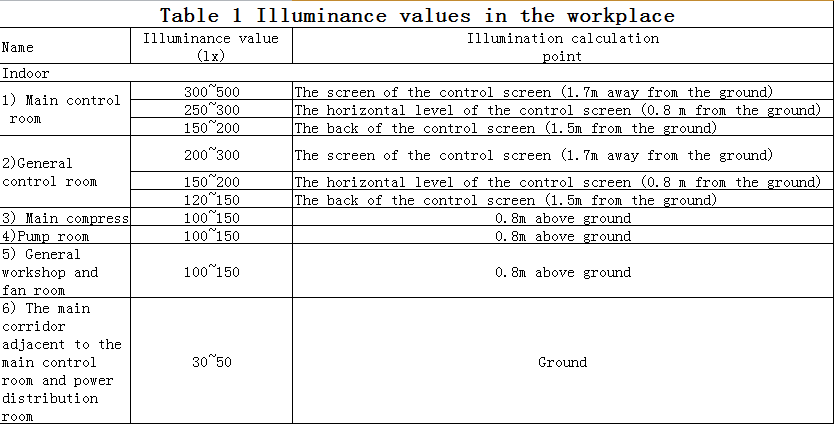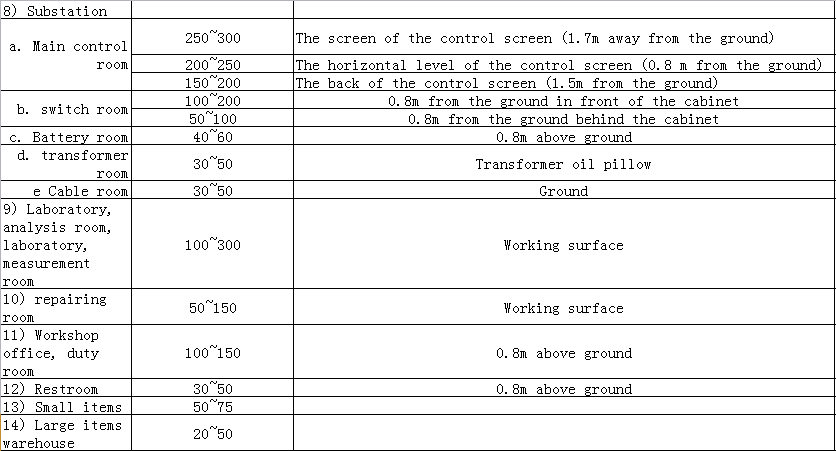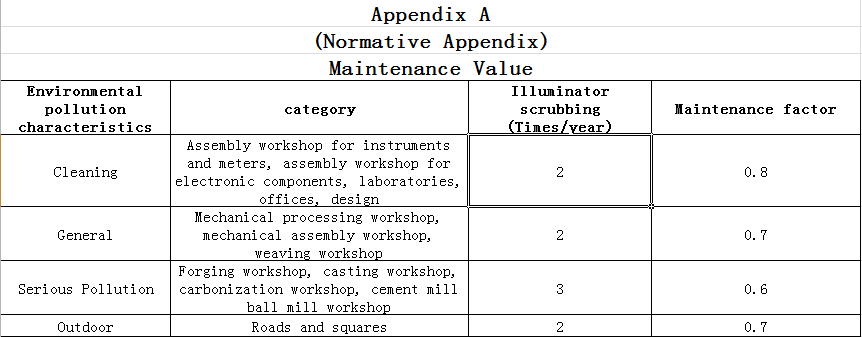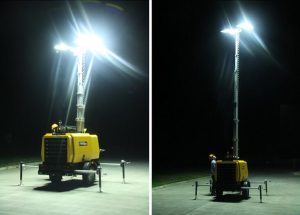Illuminance Design Standards for Petrochemical Enterprises
1. Scope
This standard specifies the illuminance value requirements and illuminance calculation methods for petrochemical enterprises.
This standard is applicable to the illuminance design of workplaces of production facilities in petrochemical enterprise projects, but not to the illuminance design of non-production facilities and civil construction sites.
2. Normative references
The clauses in the following documents become the clauses of this standard through quotation from this standard. For dated reference documents, all subsequent amendments (not including errata content) or revisions are not applicable to this standard. However, parties that have reached an agreement based on this standard are encouraged to study whether the latest versions of these documents can be used . For undated references, the latest version applies to this standard.
GB 50034 Industrial Enterprise Lighting Design Standards
GBJ 133 Civil Architectural Lighting Design Standards
3. Terms and Definitions
3.1 illumination level
Refers to the needs of the production and personal safety of the enterprise, the technology and economy are reasonable, the eyesight is protected, and a bright and comfortable working environment is formed to improve the illuminance on the work surface for the benefit of production.
3.2 illumination level in minimum
Refers to the illuminance on the work surface at a distance of 0.8m from the wall or the edge of the calculation area.
3.3 Average illuminance value
Refers to the average value of the illuminance at each calculation point, and the uniformity of the illuminance is the ratio of the lowest value to the average value at the calculation point is not less than 0.7.
4. Illumination calculation
4.1 For rooms with better reflection conditions on all sides or reflective lighting fixtures, the horizontal illuminance value of the lighting should be calculated according to the following formula (1): 
among which,
E–Illuminance value (lx),
φ–Luminous flux of each lamp (lm),
Ƞ–Luminous flux utilization factor,
N–Number of lamps,
K–Maintenance factor, see Appendix A for values,
Z–Minimum Illumination Coefficient,
A–Room size (m2)
When Z =1, the calculated E value is the average horizontal illuminance value of the room.
4.2 For rooms with evenly arranged lamps and good reflections, the average horizontal illuminance value of the room can be estimated using the unit capacity method according to the room area, lamp type and installation height.
4.3 When the reflection conditions are poor or only a certain point illuminance value is needed, the point-by-point calculation method can be used to calculate the horizontal illuminance value of the point on the working surface, which should be calculated according to the following formula (2):
among which,
E–Illuminance value (lx),
φ–Luminous flux of each lamp (lm),
N–Number of lamps,
K–Maintenance factor, see Appendix A for values,
es–A luminous flux of 1000lm produces a direct illuminance component at the calculated point
5.Illumination regulations
The illuminance value on the working surface of the workplace of a petrochemical enterprise can be taken within the range of illuminance values in Table 1, and the illuminance value of the workplace not listed in the table can be selected according to the approximate conditions in the table












